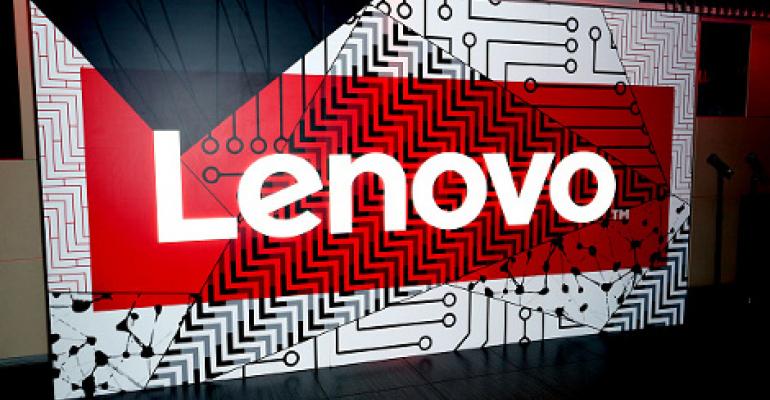Monday’s sudden departure of Lenovo’s president of North America, Emilio Ghilardi, hasn’t done the company any good from a PR perspective. Tech media folks are beginning to take note that the position Ghilardi held has become a revolving door, and are connecting the dots with other issues the China-based company is facing to paint a picture of a company treading through troubled waters.
It’s obvious that Lenovo knows where it wants, or needs, to go. Traction in the data center is crucial for the business — at least if it wants to grow — but so far its wheels seem to be spinning.
The company has much to overcome in order to get back on track:
- Ghilardi’s departure shed new light on the fact that the company is having difficulty finding stability at the top in its all-important North American operations. He’s the fifth person to hold the North America president position in five years — with two of his recent predecessors ending up working for Dell, which competes in both PC and server markets. North America is especially important to Lenovo as it attempts to build its server business. Success in the global data center market starts in the US, making strong leadership on this side of the Pacific crucial. It also doesn’t help that no reason for Ghilardi’s departure has been offered — leaving the impression of a shake-up, perhaps born out of desperation. Silence as they say, can be deafening, and can lead everyone from media pundits to potential customers to assume the worst.
- Business isn’t good. Unless or until Lenovo finds success selling servers into the data center space, desktops and laptops remain its core business, which is a no-growth market that has shrunk during each of the last five years.According to a report by the Triangle Business Journal, in May the company reported its smallest quarterly operating profit in six years — $74 million in income on revenue of about $9.6 billion. In April, the company was knocked out of the top spot it’d held since 2013 in IDC’s Worldwide Quarterly Personal Computing Device Tracker, losing to Hewlett Packard Enterprise.
- When Lenovo bought IBM’s server business in 2014 for $2.1 billion, it evidently didn’t negotiate to have server talent included in the transaction. CRN on Wednesday quoted an unidentified source “close to Lenovo” who said, “One of the things that went catastrophically wrong when they bought the server business from IBM is the best and brightest engineering talent never joined the company. Lenovo bought a product business with no road map and no future. They didn’t get the internal intellectual property to help them navigate to the hyper-converged market.”Lenovo evidently thought they’d hit the ground running, as they had when they purchased IBM’s PC business in 2005. Marketing PCs and laptops is much different than selling servers, however, especially considering that in 2005, double-digit annual growth for PC sales was the norm. IBM’s ThinkPads already had a loyal user base; all Lenovo had to do was produce a quality product to allay fears.
- Lenovo doesn’t seem to “get” the server market. In another article, CRN talked to a slew of data center solutions provider executives who all repeated the same point — that Lenovo isn’t marketing effectively. This quote from FusionStorm’s CEO, Dan Serpico, is reportedly typical: “I don’t see them in the market. We’re seeing [Chinese rivals Supermicro and Huawei] a lot, and we’re not seeing Lenovo. We might sell a couple million dollars of Lenovo a year, but I don’t know anyone over there at all. I’ve had people from Huawei call me. I’ve had meetings with Supermicro. There’s a genuine effort by competitors to reach out. If there is at Lenovo, I’m not seeing it, and you would think we’d be someone they’d like to go after.”The acquisition of IBM’s server business instantly made Lenovo the third-largest player in the global x86 server market. By March of this year, according to Gartner, based on revenue, it had dropped to number five.
For the time being, the senior vice president and general manager of Lenovo’s worldwide Enterprise Business Segment will be walking in the shoes left empty by Ghilardi. According to Lenovo, “He is familiar with the North America market from his longtime, successful leadership of Lenovo’s Global Accounts business.”
He might not be the person to fill the shoes permanently, however, if Lenovo wants to become a star in the data center. Somebody charismatic is needed, who knows the server business from the inside out, and who is comfortable getting out of the office to pump hands — someone who can motivate the team to make presentations at conferences and, as Serpico pointed out, build relationships with solutions providers.
All indications are that Lenovo has developed solid products with its ThinkSystem and ThinkAgile lines. It’s time to wear out a little shoe leather selling them.





